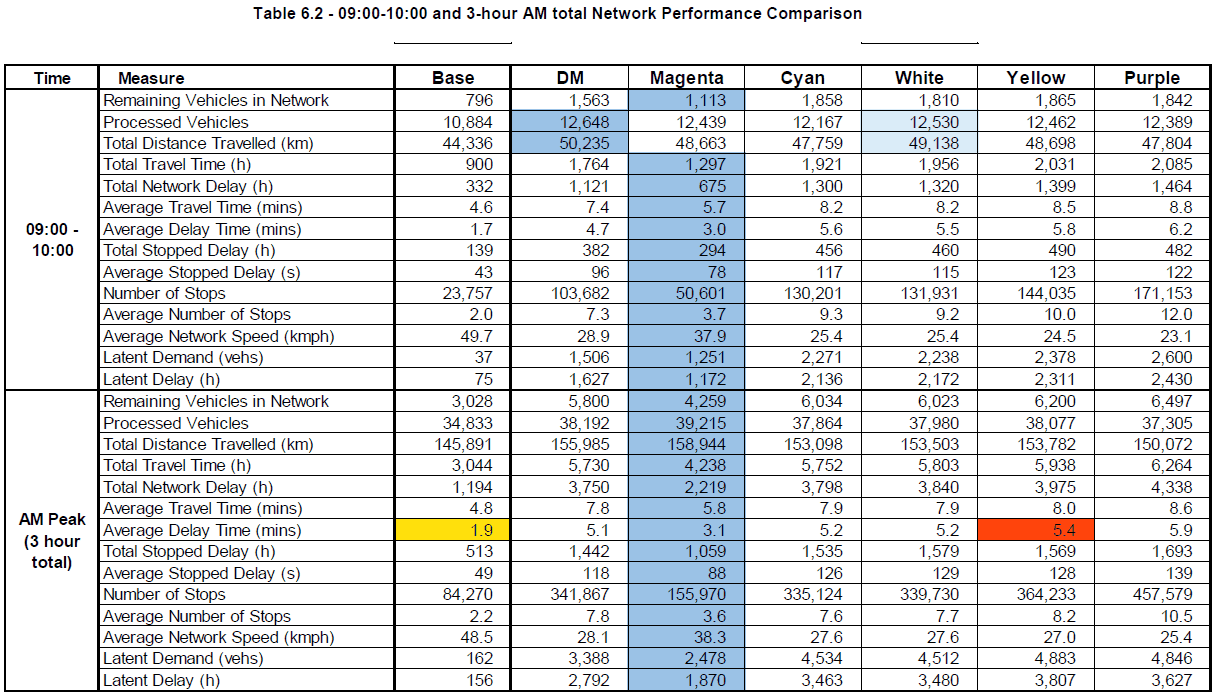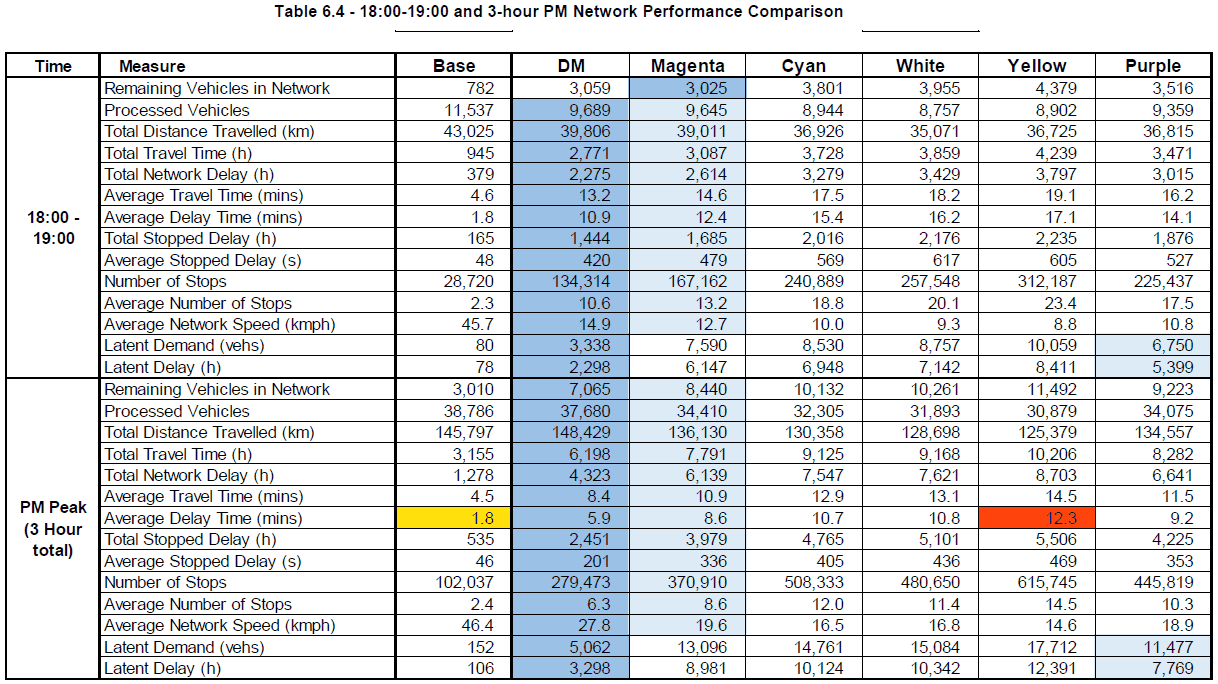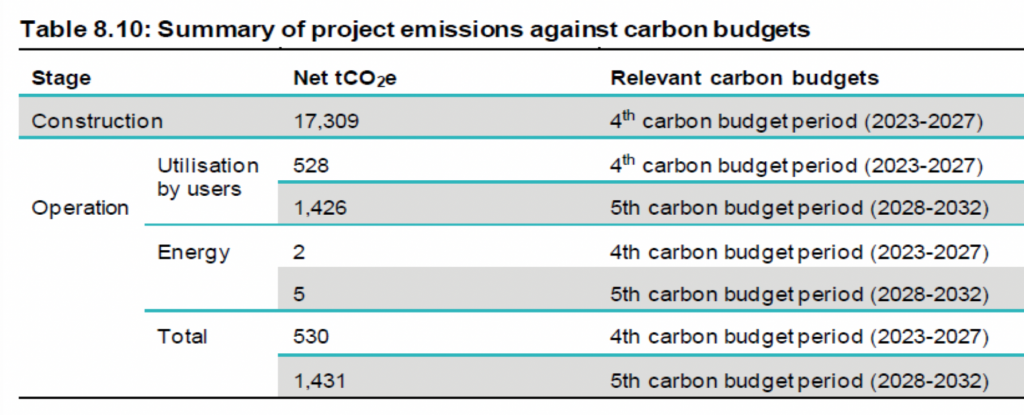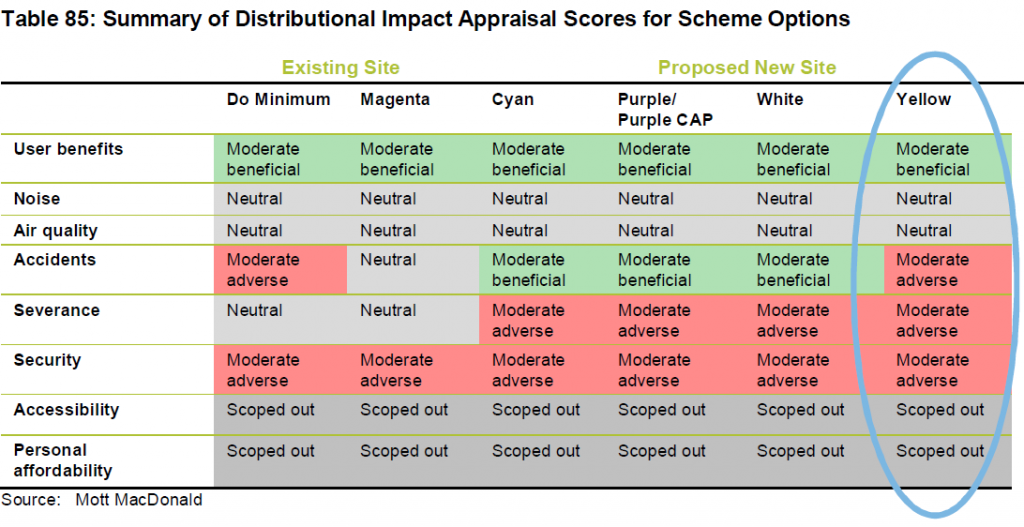UPDATE 28 July 2022: Planning consent has been granted (application CCC/20/040/FUL).
Text below updated to correct cost of bus tickets and remove references to the now-abandoned Cambridgeshire Autonomous Metro (CAM).
Smarter Cambridge Transport strongly objects to this planning application on the grounds that it will:
- Undermine provision of rural bus services.
- Disadvantage people who depend on rural bus services because they do not have use of a car to access a Park & Ride.
- Increase rather than decrease carbon emissions, both in construction and use.
- Attract additional traffic to the local road network, exacerbating congestion on the A10 from Harston to M11 Junction 11.
- Have negative social benefit, i.e. will do more harm than good.
- Divert resources away from transport schemes and services that would provide wider social benefit.
Undermine the business case and viability of CAM, envisaged as an extensive mass transit network, serving market towns and villages around Cambridge.- Damage the ecology of land close to the River Cam and scar land that is protected by Green Belt status.
The scheme is incompatible with the adopted Local Transport Plan and South Cambridgeshire Local Plan, the National Planning Policy Framework, and the scheme’s own objectives.
Rural bus services
Villages around the A10 between Royston and Trumpington have poor quality of bus services in terms of running hours, frequency and cost. The Park & Ride will offer a cheaper, more convenient option for travel into Cambridge, but only for people with access to a car. That will draw passengers away from rural existing services, rendering them less viable. Furthermore, the additional delays created by the Park & Ride junction with the A10 (see below) will extend bus journey times, making them even less attractive and more expensive to run.
If, as a result, rural services are cut, it will severely disadvantage anyone who is not able to drive (because of age or disability), cannot afford a car, or chooses not to own a car. If services are maintained, they will require a larger public subsidy, for which there is currently no budget.
Local authorities should pursue strategies that increase, not decrease, social inclusion. One way to achieve that is to support, not undermine, rural bus services for the long-term, so that people can rely on them to commute to work, school or college, and make social and leisure trips without needing to own a car.
Carbon emissions
Environmental Statement 8.7.10 2 “This increase in emissions as a result of the Scheme would be negligible compared to the Carbon Budgets (detailed in Table 8.2), and therefore effects would be not significant.”
This is an argument for business-as-usual and a denial of the climate emergency that Cambridgeshire, Cambridge and South Cambridgeshire councils have declared. Any single scheme is necessarily responsible for a tiny fraction of national carbon emissions. But if every scheme uses this fact to justify increasing carbon emissions, the cumulative impact will be no overall reduction in emissions, and a failure to meet the net-zero targets the UK government and the local authorities have committed to.
In any case, as this is a local, not national, project, the carbon emissions should not be set against the entire country’s budget. They should be set against the budget allocated to the users of this Park & Ride, who will number at most 2,580 people daily (this being the number of parking spaces multiplied by the average car occupancy rate of 1.2). The pro-rata allocation of the 4th Carbon Budget is 74,000 tonnes (see below). The scheme’s construction and usage emissions during the period of the 4th Carbon Budget (2023–27) are stated to total 17,839 tonnes. This represents 24% of users’ entire carbon budget. That is neither negligible nor insignificant.
Increased local traffic and delays
Peripheral Park & Rides reduce traffic volumes in Cambridge, but increase traffic outside of Cambridge. Some trips currently made by bus or train from a station outside Cambridge will instead be made via this Park & Ride. That entails a car journey to the Park & Ride that was previously not made, or was made to a rail station nearer to home. In addition, there will be trips in the future that would otherwise have been made by train, bus or cycle if the option of this Park & Ride were not available.
By the applicant’s own modelling of the impact on local traffic, the proposed scheme (Yellow option in the Outline Business Case) will cause more delays on the A10 northbound to the M11 than the ‘Do Minimum’ scenario, which would normally be a worst-case scenario. According to the Transport Assessment Part 2 (pp 26–29), average delay between 7am and 10am will increase from 1.9 minutes now to 5.4 minutes; and between 4pm and 7pm, average delay will increase from 1.8 minutes to 12.3 minutes.
This clearly breaches national and local planning policies which seek to avoid “residual cumulative impacts on the road network.” It also breaches objective 1(iii) of the scheme: “Reduce delays on the A10 through Harston and Hauxton, on the approach to M11 J11.”
Furthermore, these delays will increase journey times for rural bus services from Royston and villages around the A10, which breaches objective 2(i): “Increase sustainable transport mode share for trips into the City Centre and Cambridge Biomedical Campus, focused on trips originating from the South and South West (M11 and A10).”


Incorrect comparator
The Do Minimum scenario used to demonstrate the need for this scheme is not a relevant comparator since increased demand to travel into Cambridge can and will be satisfied by multiple means that are not dependent on this Park & Ride being built. These include:
- Construction of Cambridge South station by 2025, giving staff, patients and visitors easier and quicker access to the hospitals, research centres and businesses on the Biomedical Campus.
- More frequent bus services from South Cambridgeshire villages, achieved either through franchising or Enhanced Quality Partnerships, both of which are within the powers of the Combined Authority.
- More cycleways from South Cambridgeshire villages, including the Melbourn Greenway.
- More remote-working, either from home (SCDC Local Plan Policy H/18) or shared offices in market towns and villages.
- More car-sharing, arranged through online platforms such as Liftshare and Faxi.
- Demand management in Cambridge city, e.g. traffic flow management, access restrictions, variable road pricing, variable parking prices, a workplace parking levy, and reduced parking provision.
In combination, these policies will have a far larger impact than this Park & Ride on reducing congestion, carbon emissions, pollution, social isolation, and improving public health and social mobility.
Negative social benefits
The Present Value of Benefits of the scheme (‘Yellow’ in the table below) in 2010 prices is £1.5m, against a cost of £66.2m. That means there is a net loss of social benefit of £64.7m, i.e. it causes more harm than good. The benefit-to-cost ratio is 0.022. Under government guidance, this represents ‘poor’ value for money, and would not normally receive funding. In other words, there are better ways to spend the money – in this instance very much better (see final section below).
Even the assessment of road safety concludes that the scheme will increase, not decrease the likelihood of deaths and serious injuries.
The Greater Cambridge Partnership is overlooking the negative economic case for this scheme, and justifying that decision on the basis of the strategic case. But the strategic case is based on a decision the County Council made many years ago when it negotiated an option to purchase the land. Even if the decision was justified then (and, most likely it was linked to a plan to relocate rather than supplement the existing Park & Ride at Trumpington), it does not follow that the decision is still correct.
Inequitable use of public money
The construction cost of £46.5m (in 2018 prices) equates to £21,650 per space. Operating costs have not been published. Cambridge South Station and CAM are expected to be operational within ten years of this Park & Ride opening, at which point it will most likely become redundant. Spread over ten years, the construction and operating costs amount to a taxpayer subsidy of around £5m/year. That equates to around £2,300 per parking space per year, or about £44 per space per week. This subsidy is directed exclusively at car owners.
By comparison, weekly bus tickets start at £15. So, for the same amount of public money, three times as many people would benefit if the money were spent on providing free bus travel. The cost of the P&R, spread over ten years, is also more than double the £2.2m the County Council currently spends on subsidising bus services in Cambridgeshire.
Incompatibility with CAM
In the same way that this Park & Ride will compete with rural bus and rail services into Cambridge, it will also compete with CAM. The CAM network is being developed by the Combined Authority as part of a strategy to enable many more trips to be made by a combination of active and public transport without needing access to a car. This Park & Ride provides none of the wider connectivity described in the Local Transport Plan, only active and public transport connections into Cambridge: “Park & Ride sites will … be better integrated into surrounding local transport networks, acting as travel hubs with high-quality interchange between CAM and local bus and demand-responsive services, together with the walking and cycling network.”
Environmental impacts
The social benefits of the Park & Ride are already negative. Therefore, there is no justification for permitting an incursion on this scale into the Green Belt, in close proximity to the ecologically important River Cam and BCN Wildlife Trust Trumpington Meadows reserve.
Policy grounds for refusal
Extracts from National Planning Policy Framework (February 2019)
- 7. The purpose of the planning system is to contribute to the achievement of sustainable development. At a very high level, the objective of sustainable development can be summarised as meeting the needs of the present without compromising the ability of future generations to meet their own needs.
- 8. Achieving sustainable development means that the planning system has three overarching objectives, which are interdependent and need to be pursued in mutually supportive ways (so that opportunities can be taken to secure net gains across each of the different objectives):
… - c) an environmental objective – to contribute to protecting and enhancing our natural, built and historic environment; including making effective use of land, helping to improve biodiversity, using natural resources prudently, minimising waste and pollution, and mitigating and adapting to climate change, including moving to a low carbon economy.
- 109. Development should only be prevented or refused on highways grounds if there would be an unacceptable impact on highway safety, or the residual cumulative impacts on the road network would be severe.
- 144. When considering any planning application, local planning authorities should ensure that substantial weight is given to any harm to the Green Belt. ‘Very special circumstances’ will not exist unless the potential harm to the Green Belt by reason of inappropriateness, and any other harm resulting from the proposal, is clearly outweighed by other considerations.
- 146. Certain other forms of development are also not inappropriate in the Green Belt provided they preserve its openness and do not conflict with the purposes of including land within it. These are:
… - c) local transport infrastructure which can demonstrate a requirement for a Green Belt location;
Extracts from Local Transport Plan (adopted 29 January 2020)
1.5.5 Secondly, this transport strategy must encourage social inclusion and equity of access to the transport network. Making sure that everyone can access key services and amenities that will allow communities to thrive and be healthy. This will include the provision of affordable transport networks that spread across the Combined Authority area and making sure that these are safe for all users. For example, we want to ensure that individuals are not ‘car dependent’ anywhere within the Combined Authority and we have a ‘Vision Zero’ objective; no deaths or serious injuries on the transport network. Connecting people to jobs and amenities, and businesses to the local supply chain helps to encourage social mobility and ensures that the benefits of future prosperity are spread to residents, businesses and visitors across Cambridgeshire and Peterborough.
1.5.6 Thirdly, this transport strategy must ensure that the environment is enhanced by future transport schemes, and that individuals are encouraged to take active and sustainable travel choices or, where possible, to travel less. Cambridgeshire and Peterborough currently have a high quality of natural environment which, through adhering to the principles of biodiversity net gain, must be enhanced by the future transport network. We want to ensure that air quality across the Combined Authority area, but particularly within Air Quality Management Areas, sees a marked improvement over the next ten years. We want to go further, not simply meeting the national standard for air quality, but exceeding it. And we want to reduce carbon emissions to net zero by 2050. ‘Active modes’ such as walking and cycling, and significant increases in the numbers of people using sustainable transport modes, will be particularly important for guiding this change, and have the added benefit of improving public health for residents.
3.5.9 Sustainable transport, including investment in walking, cycling, rapid transit and better bus and rail services, is central to our strategy. A measure of success will be more people travelling on foot, by bike and public transport, reducing congestion, improving air quality, working towards net zero carbon emissions, and helping to create attractive, healthy, and thriving streets and communities where people want to live. Our strategy is ambitious, but deliverable, and represents a step-change in planning how people travel across the region.
3.6.2 Complementing CAM will be a comprehensive, better integrated network of local bus services, connecting the suburbs of Cambridge and smaller towns and villages to employment centres across the area and the CAM network. Park & Ride sites will continue to provide sustainable options for those who do not have a feasible alternative to the car. These will be better integrated into surrounding local transport networks, acting as travel hubs with high-quality interchange between CAM and local bus and demand-responsive services, together with the walking and cycling network. Local buses – and demand-responsive transport within South Cambridgeshire – will be designed to ensure that no one is outside of the reach of safe, reliable public transport, and hence helping to maximise social inclusion for those who lack access to a car.
Equality policies
Cambridgeshire County Council
Our vision is to make Cambridgeshire a great place to call home, and we want this to be true for everyone in our county. We have a significant responsibility to embody the principles of equality and diversity as an employer, a commissioner and provider of services and as an ambassador for the county.
South Cambridgeshire District Council
We are committed to equality of opportunity in our approach to service delivery, employment and being a community leader. We are committed to identifying, understanding and eliminating all barriers that prevent access to services, information and employment.
Alternatives to Park & Ride
Building more car parks is fundamentally the wrong approach to rapidly de-carbonise transport, reduce congestion on the local road network, and increase mobility for people of all ages, physical abilities and levels of wealth. Instead, the Greater Cambridge Partnership and Combined Authority should be directly promoting walking, cycling, bus and train travel, car-sharing, remote-working and more efficient movement of goods. Appropriate targets for capital investment include:
- footways and cycleways that are direct, safe and convenient for people aged 8 to 80;
- bridges and underpasses for people walking and cycling to avoid dangerous road crossings;
- protected cycle lanes along roads where speeds typically exceed 30mph;
- bus lanes (except where the land is better used in other ways, e.g. wider footways, protected cycle lanes, sustainable drainage, trees or other forms of green space);
- mass transit lines to complement railways where demand cannot be met adequately by buses;
- rural travel hubs (highly accessible bus and railway stations);
- a Park & Ride at the Girton interchange (using land isolated by the road network and screened from any houses);
- freight depots;
- travel information and multi-operator ticketing systems;
- reliable broadband access in homes, public buildings, transport hubs and stops;
- seed-funding new bus services.










Freight depots – in conjunction with zero – emission transportation, including e-cargo bikes, e-vans & lorries – excellent, look forward to plans. Perhaps rail services based on light (reconfigured passenger) rolling stock.